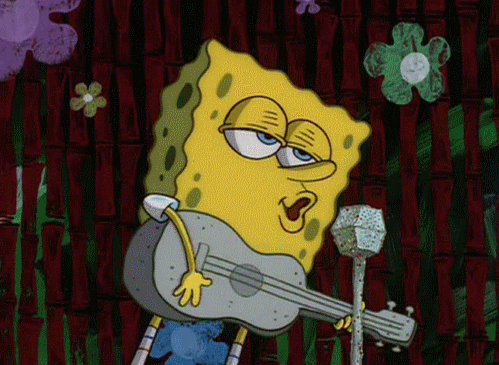
Singing into Summarization
Reading to Learn
Rationale: Summarizing and comprehending a text are strategies that are challenging yet rewarding. This lesson is meant to teach the reading strategy of summarizing a text that the student has just read. Summarizing helps the student understand the article better. A strategy that proves useful is called about-point. After each paragraph the student should write down what the section is about and what point the author brings across. In this lesson the teacher will model how to summarize through about-point then the students will have time on their own to use this skill.
Materials: (3 though 7 are needed individually for students)
1. Whiteboard
2. Expo Markers
3. Paper and pencil
4. Summarization Checklist
5. Comprehension Quiz
6. Assessment Checklist
7. American Goldfinch Article (URL below)
Procedures:
1. Say: “When you read a book and tell it to your friend or to your parents do you say every single word you read? (Ask students to answer) I don’t think you do! You only tell the big events and important parts! That’s right! What is it called? (Ask students to answer) This is called summarizing! This is what we will taking about and doing today so you all already have a head start. Good readers don’t try to memorize the whole text but use strategies to understand what the author is getting across. With this strategy you can read a long book and summarize it into just a couple sentences. It helps us also to understand what we read! What a great skill to have!”
2. Say: “A useful way to summarize is a helpful strategy called about-point. The about part is a statement about what you just read. The point part is a statement about why it was written, what was the author trying to bring across? I will write the explanations of this strategy on the board so you can refer to them!”
3. Say: “Can someone tell me a fun fact about a bird? Yes, that’s right! Birds have wings, feathers, they lay eggs and are warm-blooded just like you and me! Today we are going to talk about a specific bird called the American Goldfinch who will help us with our summarizing skills!”
4. Say: “Let’s review some key vocabulary before jumping into this text. Knowing key vocab words helps us better comprehend! The article says that the goldfinch is diurnal. Being diurnal means that it’s most active during the day. Who else is diurnal? (Ask students to answer) Yes! You and me! We go to sleep at night and during the day we do everything we need to get done!”
5. Say: “Let’s look at the article and I will model how to summarize! I’ll read the first paragraph, ‘An American goldfinch soars through the warm spring air, it’s yellow feathers reflecting the sun. Suddenly the bird opens its mouth and chirps a call that sounds like “po-ta-to-chip.” This flier isn’t looking for a salty snack. It’s using this vocalization to communicate with its flock. The bird flies on, continuing its delicious call.’ Using about-point what is this paragraph about? (Ask students to answer) Goldfinch’s chirp sounds like its saying po-ta-to-chip. Why is the memorable call so important? (Ask students to answer) It is meant to communicate with its flock! Let’s combine our points to summarize the paragraph. Although the Goldfinch’s chirp sounds like it is saying po-ta-to-chip, it is used to communicate and keep up with its flock.”
6. Say: “Now it is your turn to summarize! Try the next paragraph reading, ‘The American goldfinch lives at the edges of forests and plains across North America in areas filled with brush and thistle plants. It can also be found in backyards and parks. The American goldfinch—which is also known as the willow goldfinch and the eastern goldfinch—is the official bird of Washington State, Iowa and New Jersey.’ What is this paragraph about? (Ask students to answer) Perfect! It’s about where the Goldfinch’s live and are official state bird for the states of Washington, Iowa and New Jersey. What is the point the author is trying to make? (Ask students to answer) Very good! Goldfinch’s live in wooded areas and can even be found in our backyard! Now that you all did a great job let’s put it together, Goldfinch’s are the state bird of Washington, Iowa and New Jersey but can even be found in our own backyards!”
7. Say: “I want you all to find a partner and to use the about-point method for each paragraph. Summarize the paragraphs separately and once both you and your partner are done, switch papers and review each other using the summarization checklist and assessment checklist.”
8. Say: “After you have checked each other’s summaries go back to your seats and take the comprehension quiz. You are allowed to use your notes. Once quiz is completed please turn everything into me.”
Assessment Worksheet for #4-6: Found here.
Article: “American Goldfinch”
https://kids.nationalgeographic.com/animals/birds/american-goldfinch/
Reference: Tschetter, Ellie. Busy Bee’s Summarizing.
https://ellietschetter.wixsite.com/ellieslessons/reading-to-learn
Reference: Boyd, Logan. Hopping into Summarizing.
https://lolomakayla99.wixsite.com/mysite/hopping-into-summarizing
Reference: Murray, Bruce. Reading Genie.
http://wp.auburn.edu/rdggenie/
Click here to return to the Insights index.


